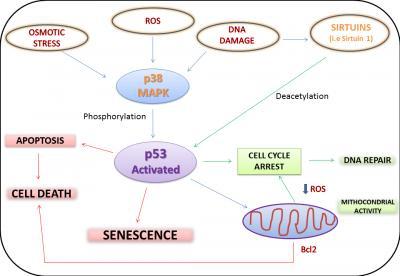Adult mesenchymal stem cells, specifically adipose-derived stem cells have self-renewal and multiple differentiation potentials and have shown to be the ideal candidate for therapeutic applications in regenerative medicine, particularly in peripheral nerve regeneration. Adipose-derived stem cells are easily harvested, although they may show the effects of aging, hence their potential in nerve repair may be limited by cellular senescence or donor age. Cellular senescence is a complex process whereby stem cells grow old as consequence of intrinsic events (e.g., DNA damage) or environmental cues (e.g., stressful stimuli or diseases), which determine a permanent growth arrest. Prof. Magnaghi and his team from University of Milan in Italy reported some of the most important factors modulating the senescence process, which can influence adipose-derived stem cell morphology and function, and compromise their clinical application for peripheral nerve regenerative cell therapy. These findings, published in the Neural Regeneration Research (Vol. 9, No. 1, 2014).

This is a schematic representation of the most important intracellular signaling pathways which correlate cellular senescence, cell death and apoptosis to environmental stimuli.
(Photo Credit: Neural Regeneration Research)
Source: Neural Regeneration Research